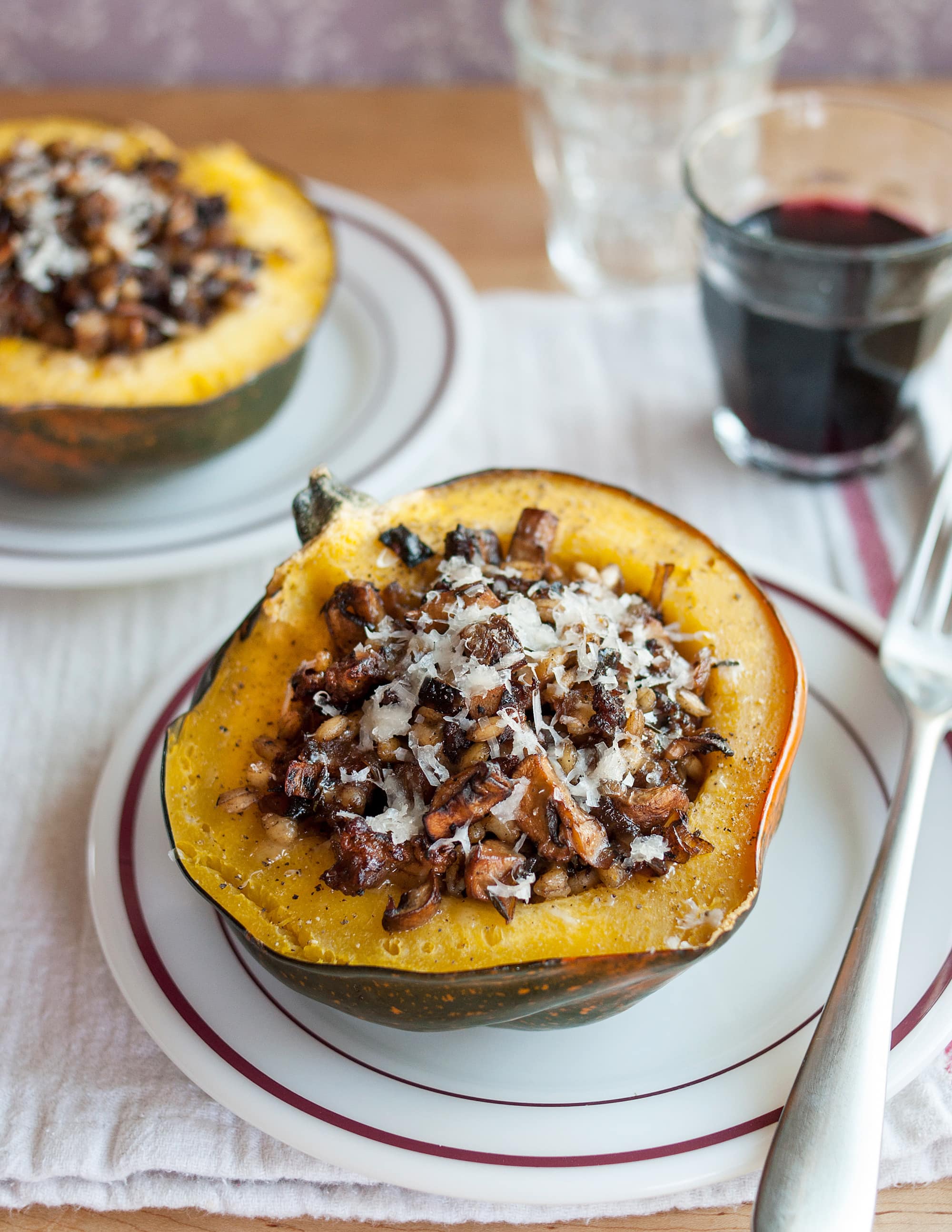
Carnival squash is most popularly used as decoration, but it can also be consumed in a wide variety of culinary applications and is used as a substitute for butternut or acorn squash in recipes.Ĭarnival squash contains potassium, vitamins A and C, calcium, magnesium, folate, omega-3 fatty acids, and omega-6 fatty acids.Ĭarnival squash is best suited for cooked applications such as steaming, boiling, roasting, and sautéing, and it can be used in the same applications as other orange-flesh winter squashes such as butternut, acorn, and kabocha.

The color variance in the rind is the result of seasonal temperature variations with warmer temperatures producing squash with slightly more pronounced green stripes. Carnival squash is a relatively new variety, being a hybrid of the sweet dumpling and acorn squash and is sought after for its uniquely patterned and colored exterior. When cooked, Carnival squash is soft and tender with a fragrant aroma and is slightly nutty, buttery, and sweet with nuances of maple syrup, similar to butternut squash.Ĭarnival squash is available in the fall and winter.Ĭarnival squash, botanically classified as Cucurbita pepo, grows on a small bush or vine that can thrive in compact spaces and is a member of the Cucurbitaceae family along with pumpkins and gourds. The flesh is firm, dry, coarse, and pale orange in color with a large and fibrous seed cavity with stringy pulp and many flat, beige seeds.


CARNIVAL SQUASH SKIN
The thick skin has a cream-colored base with variegated spots and striped hues of white, orange, yellow, and green, depending on its level of maturity. Carnival squash is small to medium in size, averaging 12-17 centimeters in diameter, and is round and squat with deeply furrowed ridges and a rough, light brown stem.


 0 kommentar(er)
0 kommentar(er)
